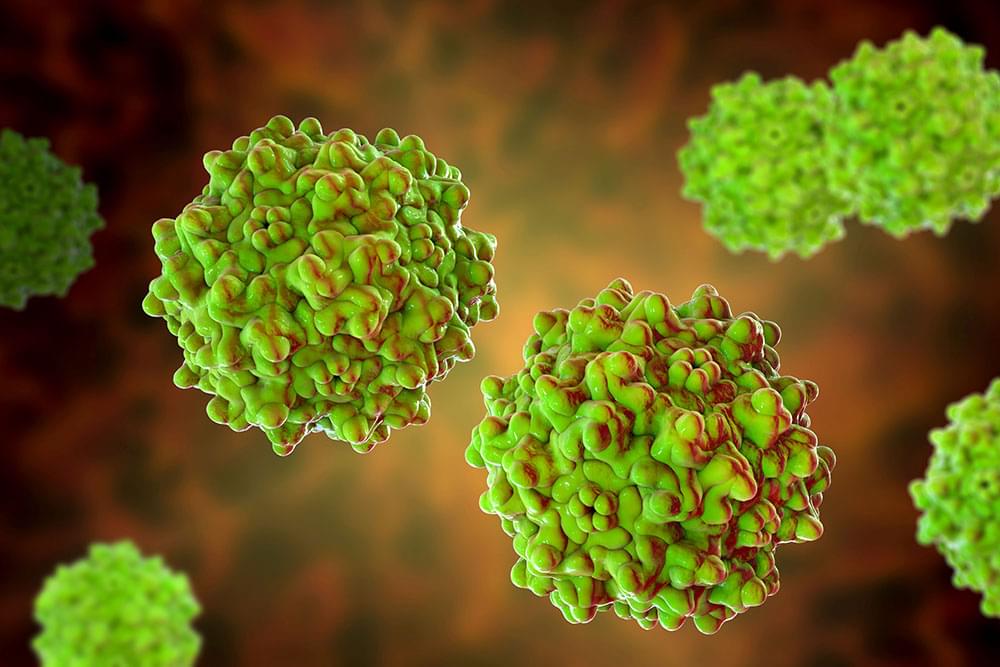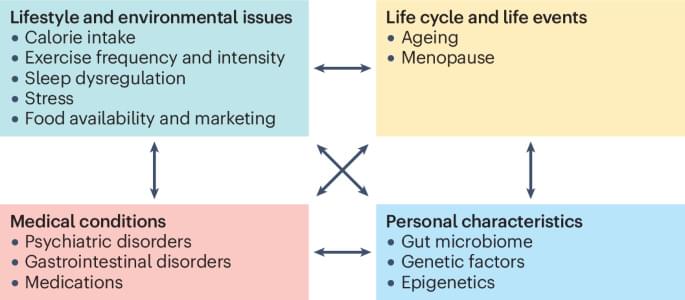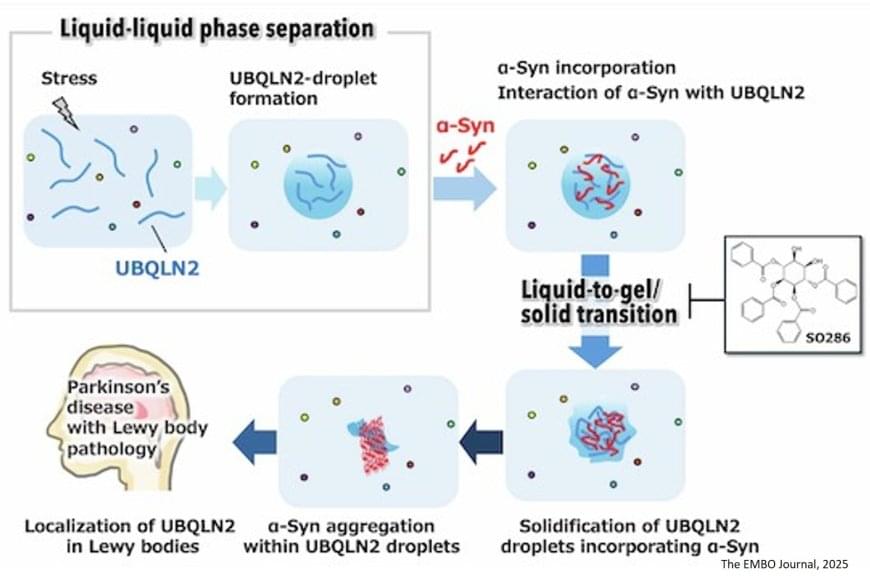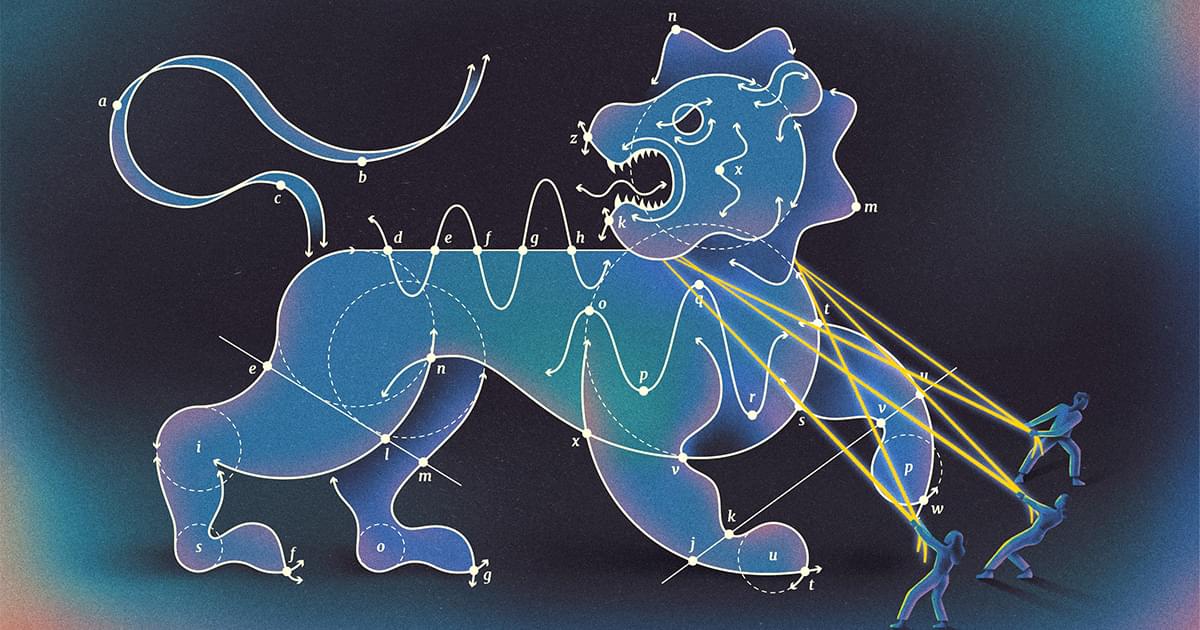Selective crystallization can greatly improve the purity, selectivity, and active yield of viral vector-based gene therapy drugs, according to a study by the Richard Braatz group at MIT.




Hypothyroidism and hyperthyroidism are associated with gain and loss of body weight, respectively. This Review discusses the epidemiological evidence for weight changes in thyroid dysfunction, the role of thyroid hormone in weight regulation, the effect of treatment and the implications for population health.

Parkinson’s disease (PD) is an age-related, progressive neurodegenerative disorder. The hallmark of PD pathogenesis is the Lewy bodies (LBs) that accumulate in neurons in the substantia nigra region of the brain, damaging these neurons and leading to the motor symptoms of the disease. α-synuclein (α-syn), a misfolded protein, aggregates and forms fibrils, which leads to the formation of LBs. The exact molecular mechanism behind this aggregation process is yet to be uncovered. With an increasing number of elderly patients suffering from Parkinson’s and other neurodegenerative diseases worldwide, it is important to understand the aggregation process, find potential therapeutic targets to mitigate or inhibit the aggregation, and slow down the disease progression.
Liquid-liquid phase separation (LLPS), a process where a uniform mixture spontaneously divides into two liquid phases with differing component concentrations, is often considered the reason behind α-syn aggregation. Even though LLPS of α-syn was previously reported, the question remains: are they involved in catalyzing the early stage of aggregation? Ubiquilin-2 (UBQLN2) protein, mainly involved in maintaining protein homeostasis, also undergoes LLPS under certain physiological conditions. Interestingly, it is known to be associated with several neurodegenerative diseases.
Are liquid droplets formed by UBQLN2 catalyzing the α-syn protein aggregation? A team of researchers decided to unravel the involvement of UBQLN2 in α-syn aggregation and fibril formation. “By uncovering the mechanisms that trigger the aggregation process, we hope to find new ways to prevent it and ultimately contribute to the development of disease-modifying treatments,” mentioned the senior author of the study. The study was published in The EMBO Journal.


This study isolates extracellular vesicles and particles (EVPs) from hepatocellular carcinoma (HCC) cells. Biophysical and proteomic analyses demonstrate that sEVs and exomeres are distinctive entities. GALNS and MAN2B1 are identified as potential EM markers. HCC-derived EMs promote oncogenesis via several mechanisms, including PI3K/AKT/mTOR activation, cell cycle progression, and lipidomic dysregulation.
Sundar Pichai predicts AI will cause “societal disruption,” but of course, he himself won’t do anything about it.
Supports high-speed transfer between USB-A and USB-C devices
In this video, Whitney, a registered dental hygienist, breaks down the viral headlines about a “tooth regrowth shot” being tested in Japan. She explains the real science behind the drug — how it targets the USAG-1 protein to potentially reactivate dormant tooth buds — and clears up common misconceptions about tooth regeneration research. From animal trials to current human safety studies, Whitney dives into what’s fact, what’s hype, and what this breakthrough could mean for the future of dentistry.
https://bit.ly/free-oral-hygiene-rout… SHOP MY STOREFRONT: https://bit.ly/4jgJPdG • Born With Missing Teeth? (Hypodontia)
• What Happens If You Don’t Replace Your Mis…
• Regrowing vs Remineralizing Tooth Enamel 🦷 WANT MORE TEETH TALK? ▶ newsletter: https://bit.ly/ttg-subscribe ▶ bettermouth app: https://www.bettermouth.com/ ▶ website: https://teethtalkgirl.com ▶ shop happyteeth: https://givehappyteeth.com/ ▶ amazon storefront: https://www.amazon.com/shop/teethtalk?tag=lifeboatfound-20?tag=lifeboatfound-20 🦷 SUPPORT THIS CONTENT: ▶ patreon:
/ teethtalkgirl ▶ youtube:
/ @teethtalkhttps://www.france24.com/en/live-news… https://pubmed.ncbi.nlm.nih.gov/33579… https://www.kyoto-u.ac.jp/en/research… https://news.harvard.edu/gazette/stor… https://trial.medpath.com/news/7c38d8… https://theweek.com/health/the-scienc… 🦷 BACKGROUND MUSIC: artlist.io 🦷 NOTE: This video does not provide medical advice and is intended for informational purposes only. Always seek the advice of your dentist or other qualified health provider with any questions you may have regarding a medical or dental condition. Never disregard professional medical advice or delay in seeking it because of something you have heard or seen on social media. ☮️ ❤️ 🦷
https://bit.ly/4jgJPdG
• Born With Missing Teeth? (Hypodontia)
• What Happens If You Don’t Replace Your Mis…
• Regrowing vs Remineralizing Tooth Enamel.
▶ newsletter: https://bit.ly/ttg-subscribe.
▶ bettermouth app: https://www.bettermouth.com/
▶ website: https://teethtalkgirl.com.
▶ shop happyteeth: https://givehappyteeth.com/
▶ amazon storefront: https://www.amazon.com/shop/teethtalk?tag=lifeboatfound-20?tag=lifeboatfound-20.
▶ patreon: / teethtalkgirl.
▶ youtube: / @teethtalk.

When the team posted their proof in August, many mathematicians were excited. It was the biggest advance in the classification project in decades, and hinted at a new way to tackle the classification of polynomial equations well beyond four-folds.
But other mathematicians weren’t so sure. Six years had passed since the lecture in Moscow. Had Kontsevich finally made good on his promise, or were there still details to fill in?
And how could they assuage their doubts, when the proof’s techniques were so completely foreign — the stuff of string theory, not polynomial classification? “They say, ‘This is black magic, what is this machinery?’” Kontsevich said.